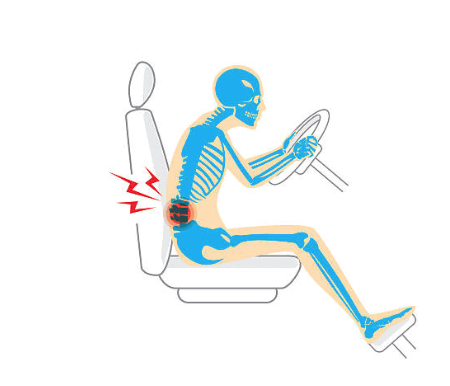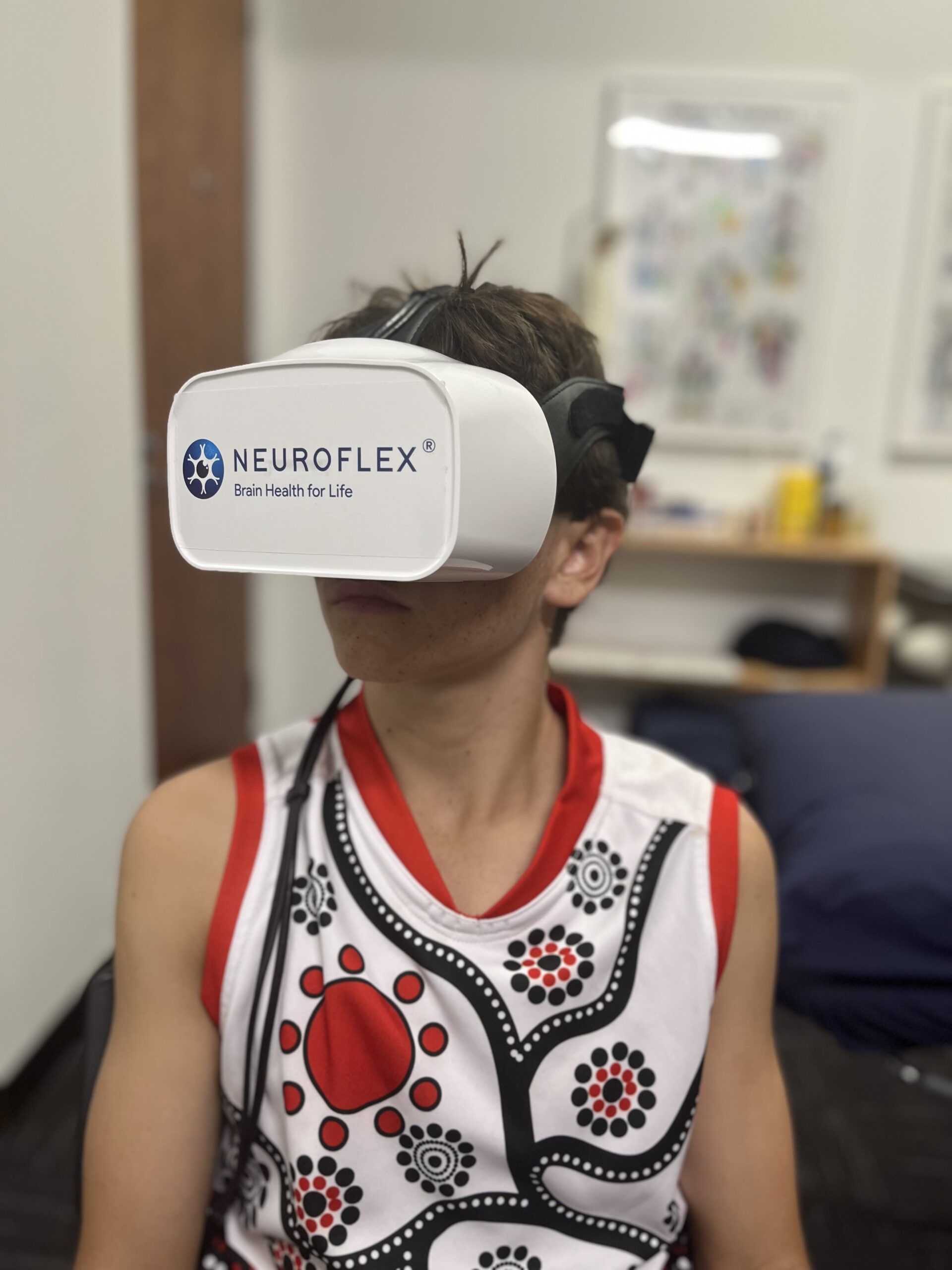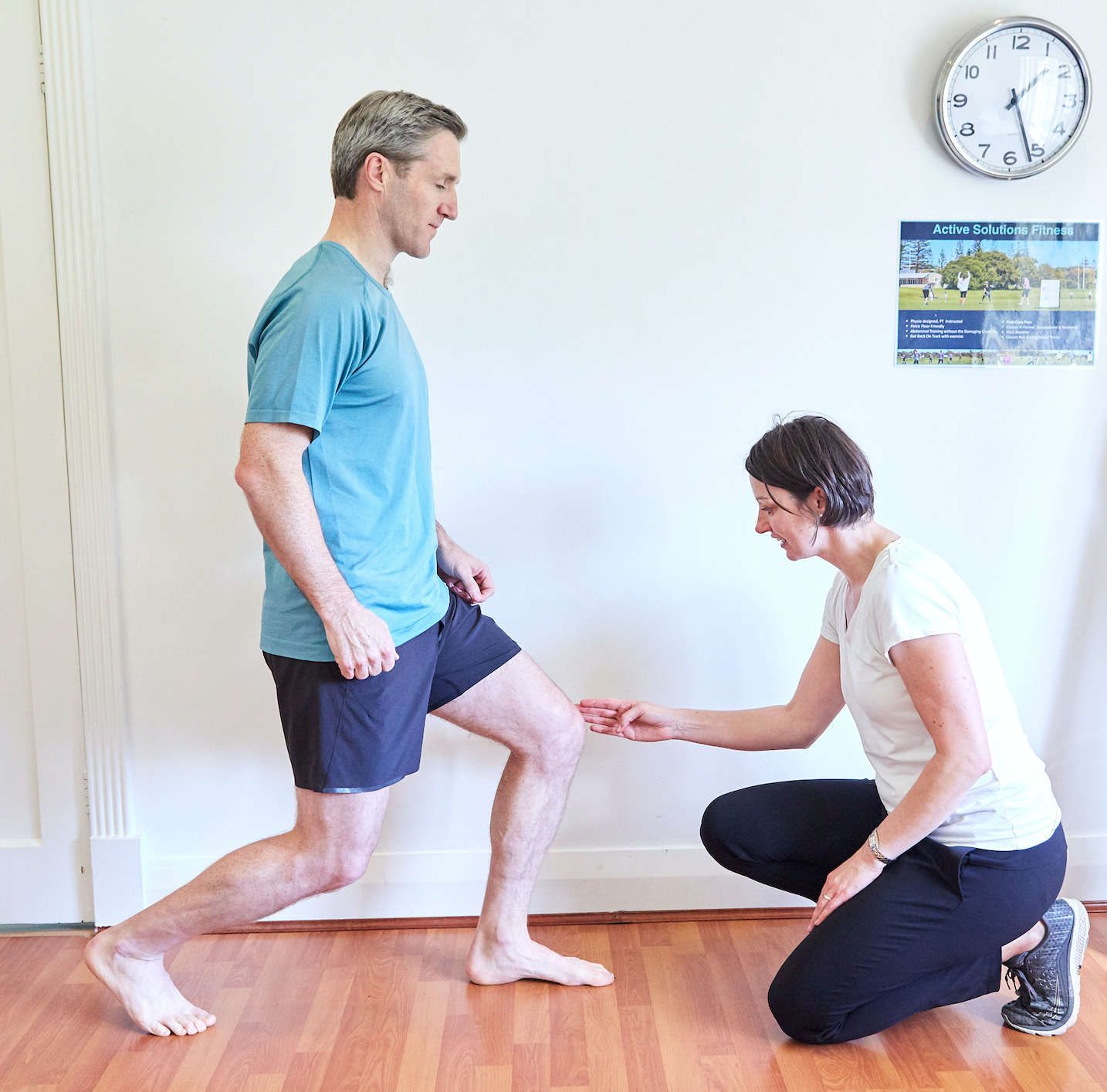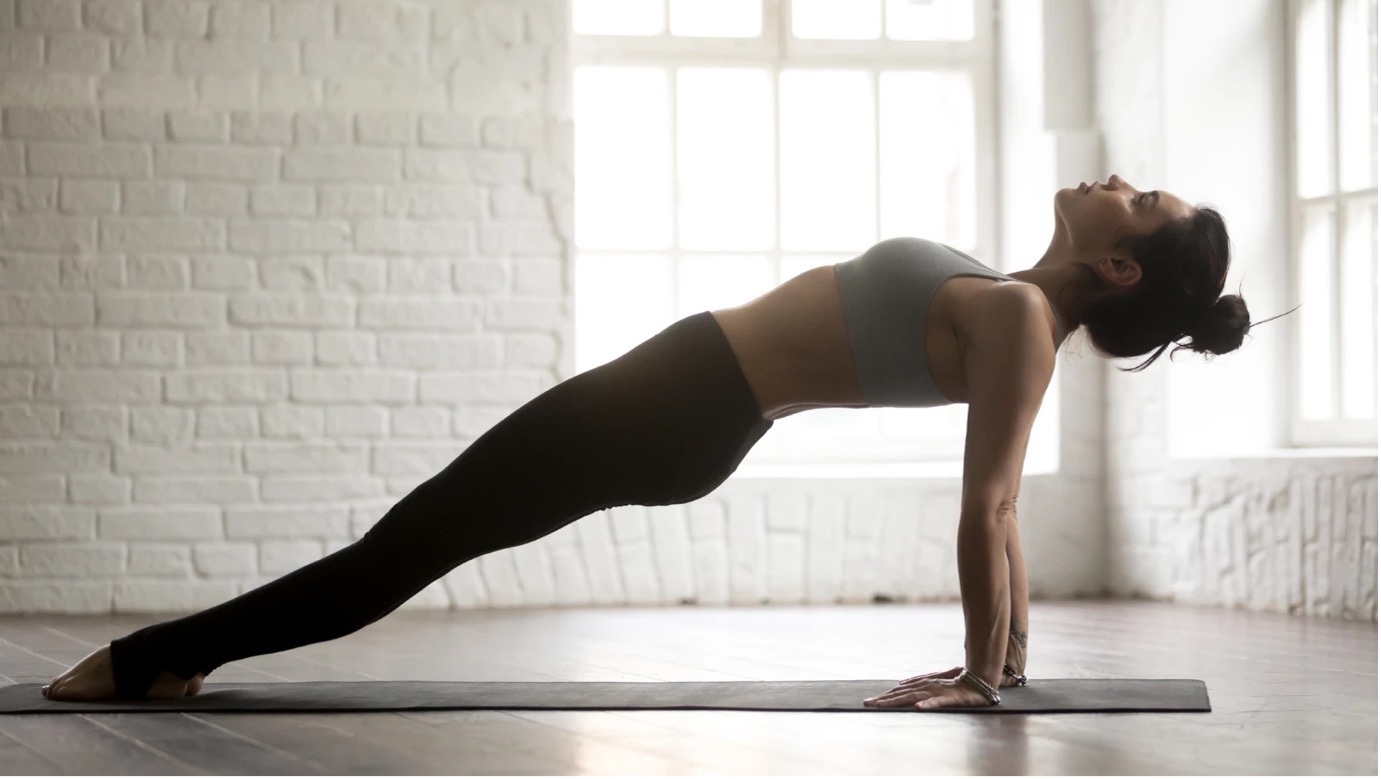Image source; https://www.spinalbackrack.com/tag/back-pain-driving/
With Easter School Holidays, often comes the long, seemingly endless car trip. So why is it that back pain happens to line up with this well-earned trip away? Is it merely coincidental or is there more to it?
Back pain is one of the leading presentations we see in the physiotherapy clinic and there’s no denying it can have a significant impact on the lives of those affected by it. At Active Solutions, our physiotherapists are highly trained at assessing the “driver” behind this type of presentation. Learning about how the body reacts to sustained positions can help you understand why this type of back pain occurs and will guide your recovery.
Sitting in the car with a slumped posture alters where the load is transmitted through the lumbar vertebral discs. Vertebral discs are the cushion between the vertebral bones, the building blocks of the spine. These structures are comprised of collagen fibres surrounding a central nucleus. Sustained pressure (such as a 5 hour long car ride) will increase the pressure on the front of the disc and over time cause the central nucleus to migrate backward. The result? An irritated disc and at times accompanied with nerve pain down the buttock into the thigh.
Image Source; https://learnmuscles.com/blog/2017/09/05/pathologic-disc-conditions-and-sciatica/
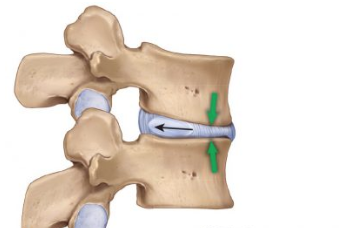
Here are the top 3 things you can do to prevent this form of back pain:
- Ensure Good Sitting Posture: Ensure there is a good amount of support to your low back. This can be done by sitting all the way into the back of the chair, adjusting the back rest, or adding in additional support with a pillow or rolled up towel. Think about lifting up from the tailbone to sit tall rather than slumped.
- Avoid sustained sitting > 2 hours at time: to avoid stretching of the disc’s collagen fibres leading to irritation, change position as regular as possible. We recommend scheduling in pit stops that involve getting up and walking every 2-3 hours.
- Maintain exercise on your holidays: although holidays are a time to relax make sure to prioritise your physical health by fitting in a daily walk, swim or bike ride. This will reduce stiffness or tightness in the body lingering from a long car ride that may lead to discomfort or pain.
So remember, keep active this holiday season and make the drive a more comfortable experience.
If pain does present, upon your return a physiotherapist can assess and treat the symptoms at hand.


